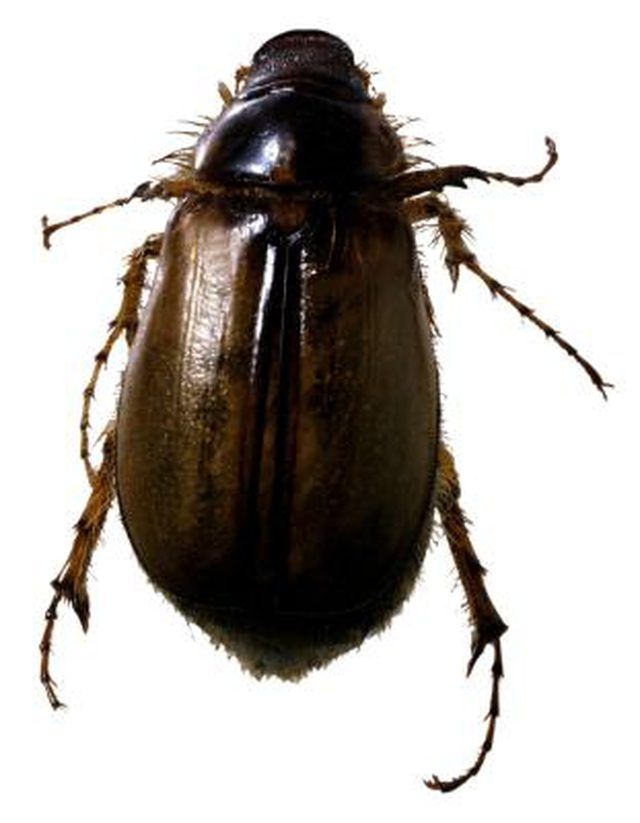Bulbs
Flower Basics
Flower Beds & Specialty Gardens
Flower Garden
Garden Furniture
Garden Gnomes
Garden Seeds
Garden Sheds
Garden Statues
Garden Tools & Supplies
Gardening Basics
Green & Organic
Groundcovers & Vines
Growing Annuals
Growing Basil
Growing Beans
Growing Berries
Growing Blueberries
Growing Cactus
Growing Corn
Growing Cotton
Growing Edibles
Growing Flowers
Growing Garlic
Growing Grapes
Growing Grass
Growing Herbs
Growing Jasmine
Growing Mint
Growing Mushrooms
Orchids
Growing Peanuts
Growing Perennials
Growing Plants
Growing Rosemary
Growing Roses
Growing Strawberries
Growing Sunflowers
Growing Thyme
Growing Tomatoes
Growing Tulips
Growing Vegetables
Herb Basics
Herb Garden
Indoor Growing
Landscaping Basics
Landscaping Patios
Landscaping Plants
Landscaping Shrubs
Landscaping Trees
Landscaping Walks & Pathways
Lawn Basics
Lawn Maintenance
Lawn Mowers
Lawn Ornaments
Lawn Planting
Lawn Tools
Outdoor Growing
Overall Landscape Planning
Pests, Weeds & Problems
Plant Basics
Rock Garden
Rose Garden
Shrubs
Soil
Specialty Gardens
Trees
Vegetable Garden
Yard Maintenance
How to Keep June Bugs Away Without Harming Flowers
How to Keep June Bugs Away Without Harming Flowers. June bugs are a type of beetle known to cause damage to the roots of garden plants and lawns. These metallic green or brown insects measure about 1 inch long and ½ inch wide. The adult June bug is much more visible, but the feeding habits of small white larvae beneath the soil are...

June bugs are a type of beetle known to cause damage to the roots of garden plants and lawns. These metallic green or brown insects measure about 1 inch long and ? inch wide. The adult June bug is much more visible, but the feeding habits of small white larvae beneath the soil are responsible for plant damage. There are a few methods to remove and prevent June bugs from your garden without damaging your lawn and shrubs.
Things You'll Need
Organic soil
Birdbath
Beneficial nematodes
Organic plant oils
Milky spore bacterium
Flashlight
Water
Dish soap
Prevention
Raise your lawn mower in the summer months and take care not to overwater your lawn. June bugs prefer short grass for egg laying.
Add local peat-free soil to your flowerbeds and lawn. Keep your soil well drained and aerated, and monitor the levels of phosphorous, potassium, nitrogen and lime. Correct these levels with organic fertilizers.
Attract beneficial predators to your garden. Install a birdbath, as birds will feed on both adult June bugs and larvae.
Control
Apply beneficial nematodes to your lawn and garden. These control June bug larvae in addition to many other garden pests . Nematodes can be purchased at most gardening centers and come in a large, damp sponge. Soak this sponge in a gallon of room-temperature water for 20 to 30 minutes. Apply the water to your garden and lawn using a watering can or a filter-less sprayer.
Spray your garden and lawn organic rosemary or garlic oil to kill June bugs on leaves. These oils are available from garden stores in concentrated form. Dilute with water according to the manufacturer label and spray on your flowers, shrubs, and lawn.
Treat your lawn with milky spore bacterium. Sprinkle the powder on your lawn and water for at least 15 minutes. This gets rid of June bugs without harming your lawn, and one treatment can last for years.
Look for damage in your garden and lawn to find existing grubs in daylight hours. Pull back the turf in the area and examine any larvae you find. When placed on a flat surface, June bug larvae will flip onto its back. This distinguishes the pest from beneficial grubs. Use a flashlight in low light to attract the larvae and kill them in hot water with a bit of dish soap.
Tips & Warnings
Research the type of June bugs in your area to understand their life cycle.
Apply nematodes in cool, cloudy weather for optimal effect.
Keep all lawn products and chemicals out of reach of children.